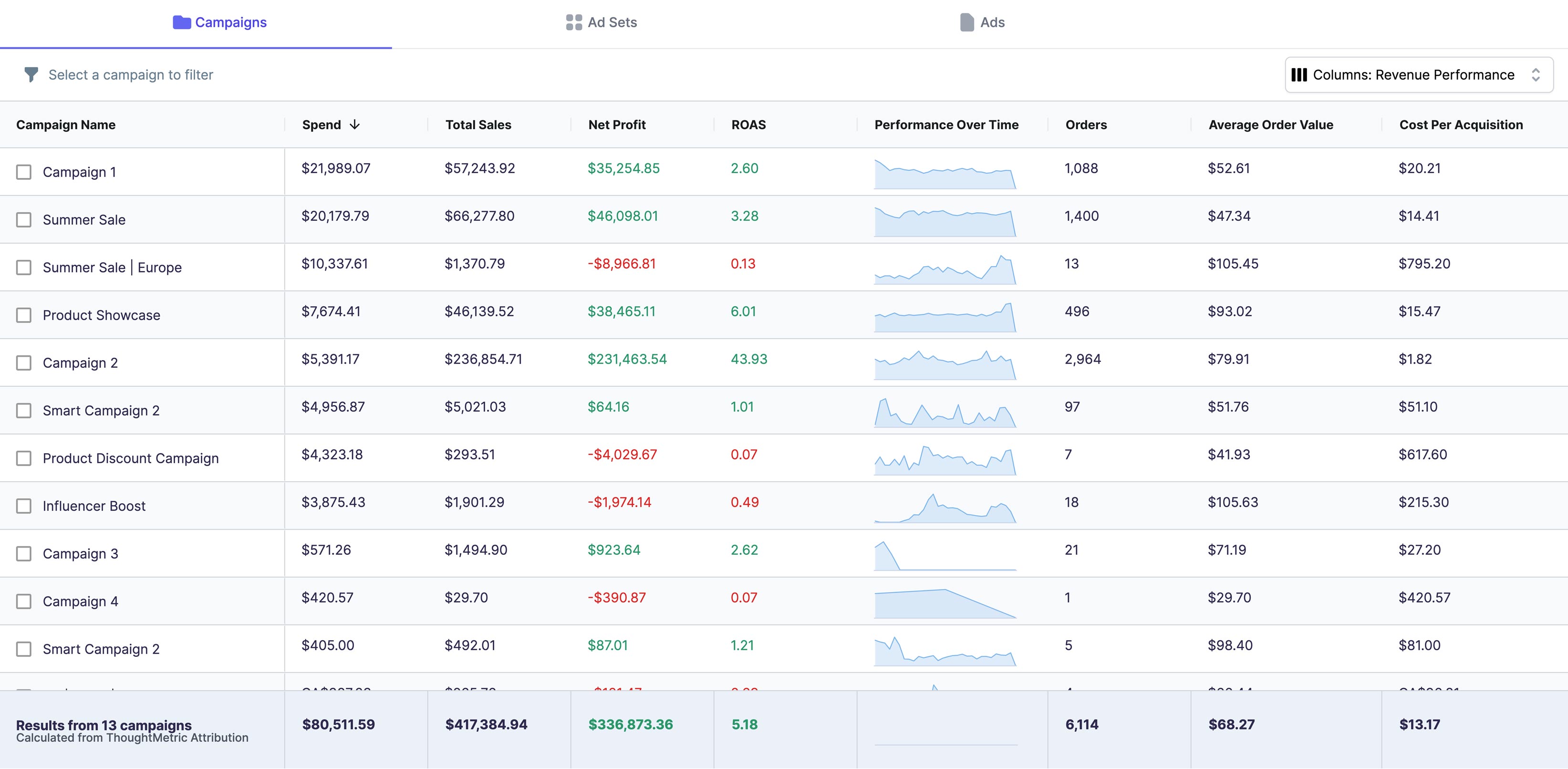As a business owner, understanding your customer retention rate (CRR) is essential to gauge the health of your business. Customer retention rate refers to the percentage of customers who continue to do business with your company over a given period. By calculating this rate, you can understand how well your business is performing in terms of retaining customers and take necessary steps to improve customer loyalty.
Understanding Customer Retention Rate (CRR)
Before delving into the process of calculating your CRR in Google Analytics, let's first define what it is and why it's important.
Customer retention rate (CRR) is a metric that demonstrates the percentage of customers who return to purchase your products or services over a given period. Essentially, it tells you how well your business is retaining its customers. Higher CRR values mean that your business is doing well in customer retention and is possibly offering a better value proposition than your competitors.
Calculating and tracking your CRR values helps you determine the success of your business. Retaining your existing customers is much cheaper than acquiring new ones. A good CRR rate indicates that your customers are satisfied with your products or services and are likely to refer it to others, increasing your customer base and revenue.
There are several ways to improve your CRR, such as providing excellent customer service, offering loyalty programs, and creating personalized experiences for your customers. By implementing these strategies, you can increase customer satisfaction and loyalty, which can lead to higher CRR values.
Why is CRR Important for Your Business?
Customer retention is crucial for the long-term success of your business. A high CRR rate means that your customers are happy with your products or services and are likely to continue to do business with you. This can lead to increased revenue and profitability for your business.
Moreover, retaining existing customers is much cheaper than acquiring new ones. According to research, acquiring new customers can be up to five times more expensive than retaining existing ones. By focusing on customer retention, you can reduce your marketing and acquisition costs and improve your bottom line.
CRR vs. Churn Rate: What's the Difference?
CRR and Churn rate are two metrics that are closely related. While CRR measures the percentage of customers that return, churn rate refers to the percentage of customers that leave after a given period. To calculate churn rate, simply subtract your CRR from 100. High churn rate means that your business is losing customers, which can be costly and detrimental to your business in the long run.
Reducing churn rate is essential for improving your CRR and overall business success. By analyzing the reasons why customers are leaving and implementing strategies to address those issues, you can improve customer satisfaction and loyalty, which can lead to higher CRR values and reduced churn rate.
In conclusion, understanding and tracking your CRR is crucial for the success of your business. By focusing on customer retention and implementing strategies to improve it, you can increase customer satisfaction, reduce churn rate, and improve your bottom line.
Setting Up Google Analytics for CRR Calculation
Google Analytics is a powerful tool that can help you measure and track your website's performance. One of the most important metrics to track is your Customer Retention Rate (CRR). CRR measures the percentage of customers who return to your website after their initial visit. By tracking your CRR, you can determine how effective your website is at retaining customers and identify areas for improvement.
Creating a Google Analytics Account
The first step in setting up Google Analytics is to create an account. To do this, go to the Google Analytics website and sign in with your Google account. If you don't have a Google account, you'll need to create one. Once you're signed in, you can follow the prompts to create a new account and website property. This will generate a unique tracking code that you'll need to install on your website.
It's important to note that you can create multiple website properties under one Google Analytics account. This can be useful if you have multiple websites or subdomains that you want to track separately.
Installing Google Analytics on Your Website
Once you've created your Google Analytics account and website property, the next step is to install the tracking code on your website. This involves copying the code provided by Google and pasting it into the header section of your website. If you're not familiar with this process, you can hire a developer or use a plugin that automates the process.
It's important to ensure that the tracking code is installed correctly and that data is being collected. You can use the Real-Time reports in Google Analytics to verify that the tracking code is working properly.
Configuring Goals and Ecommerce Tracking
Once you've installed the tracking code, you can begin configuring goals and ecommerce tracking. Goals allow you to track specific customer interactions on your website that are important for your business. For example, you might want to track newsletter signups, form submissions, or purchases. By setting up goals, you can measure the effectiveness of your website in driving these actions.
Ecommerce tracking, on the other hand, allows you to track online transactions made on your website. This includes sales, revenue, and other transactional data. By tracking ecommerce data, you can gain insights into your customers' purchasing behavior and identify opportunities to increase revenue.
It's important to configure goals and ecommerce tracking correctly to ensure that you're collecting accurate data. You can use the Goal Flow and Ecommerce reports in Google Analytics to monitor your progress and identify areas for improvement.
In conclusion, setting up Google Analytics is a crucial step in measuring and improving your website's performance. By tracking your CRR and other important metrics, you can identify areas for improvement and optimize your website for success.
Calculating Customer Retention Rate in Google Analytics
Now that you've set up Google Analytics, it's time to start calculating your CRR. Here's how:
Identifying Returning Customers
Log in to your Google Analytics dashboard, and navigate to the Audience report section. There, you'll find the "Behavior" tab. Clicking on it will reveal a dropdown with an "New vs. Returning" option. Here, you can view the number of new and returning visitors to your website.
Determining the Time Period for CRR Calculation
The time period for CRR calculation depends on your business and industry. A standard period is one year, but you can choose to calculate it monthly or quarterly. Whatever period you choose, ensure it's consistent so that you can track changes in your CRR rate over time.
Using Cohort Analysis for CRR Calculation
A cohort is a group of customers who share similar characteristics or experiences with your business. Cohort analysis allows you to group customers based on the date of their initial visit and track their behavior over time. This method is more accurate than tracking returning customers as a whole.
Interpreting Your CRR Results
After calculating your CRR, interpret your results to understand what they mean. A high CRR rate indicates that your customers are satisfied with your business and are likely to continue doing business with you. A low CRR rate, on the other hand, means that you're losing customers and must take necessary steps to improve customer loyalty.
Tips to Improve Customer Retention Rate
Now that you understand how to calculate CRR let's dive into tips to improve it:
Enhancing Customer Experience
Enhancing customer experience improves satisfaction and increases the likelihood of customers returning. Ways to improve customer experience include improving website navigation, simplifying checkout processes, and providing detailed product information.
Implementing a Loyalty Program
An effective loyalty program rewards customers for their loyalty and encourages them to continue doing business with you. Examples of loyalty programs include discount codes, reward points, and exclusive offers.
Personalizing Customer Communication
Personalized communication makes customers feel valued and appreciated. Collect customer data and use it to tailor your communication, such as email newsletters and follow-up messages.
Offering exclusive deals and promotions to returning customers shows appreciation for their business and encourages them to return. Examples of such promotions include free shipping and first dibs on new products or services.
Conclusion:
Improving your CRR is essential to the success of your business. By understanding what it is and how to calculate it, you can track your business's performance and take necessary steps to improve customer retention. With the tips outlined in this article, you can create a customer base that is loyal to your business, and drive your revenue in the long run.



.png)

